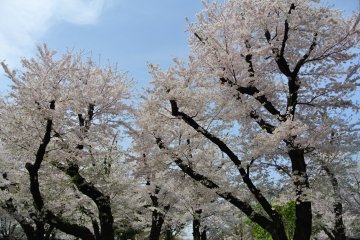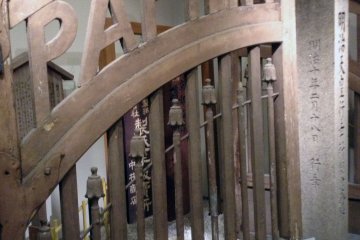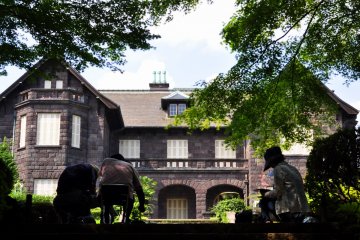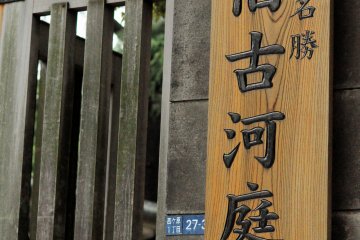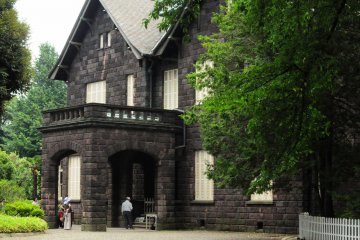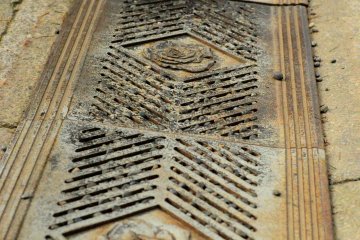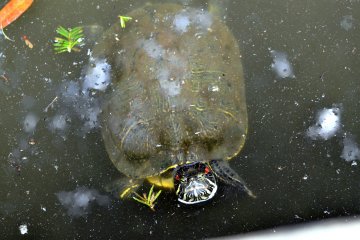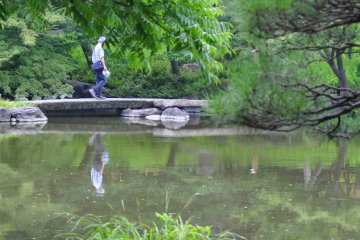It was one quiet, overcast day in July that I decided to visit the Kyu-Furukawa Gardens. I had seen posters around the train station advertising the annual Rose Festival that occurs every May, and even though the prime time for roses had long ended, the history and architecture of the garden was enough to draw me in.
Kyu-Furukawa in Kaminakazato, Kita-ku is a unique garden in that it combines Western and Eastern styles into its structure. The property built on a slope originally belonged to Mutsu Munemitsu, a noteworthy diplomat of the Meiji Period. After his second son had been married into the Furukawa family, the residence had become their property and thus torn down.
The current main property of the garden was architected in the Taisho Period by Josiah Condor, using the classic English aristocratic style of stone and brick. The Japanese garden was designed by Ogawa Jihei, also known as Niwashi-Ueji.
Upon my visit, a gathering of local artists plunked down in chairs or on the pavement at different angles around the residence, later sharing their drawings or paintings amongst the group.
Not only is the residence a source of inspiration and beauty, but also the intricate, pristine designs of tree-shaded paths and waterways hail a sense of calm. The main Otakiwaterfall pours into the Shinji-ike pond, made to look like the Japanese character for “heart” (心). The pond is also home to a few koi fish and turtles that would follow me as I crossed over one of the walking bridges.
Although the garden is worth a visit year round, the best times to visit would be during spring (late March through mid-June) to see the cherry blossoms and roses, or during fall (mid-September through mid-December) to view the brilliant oranges and reds of Japanese maple trees.
The garden is open from 9:00 a.m. to 5:00 p.m. daily, except for December 29 through January 1. The entrance fee is free for primary school children or junior high students attending school in Tokyo, ¥70 for those 65 and older and ¥150 for all other visitors.





